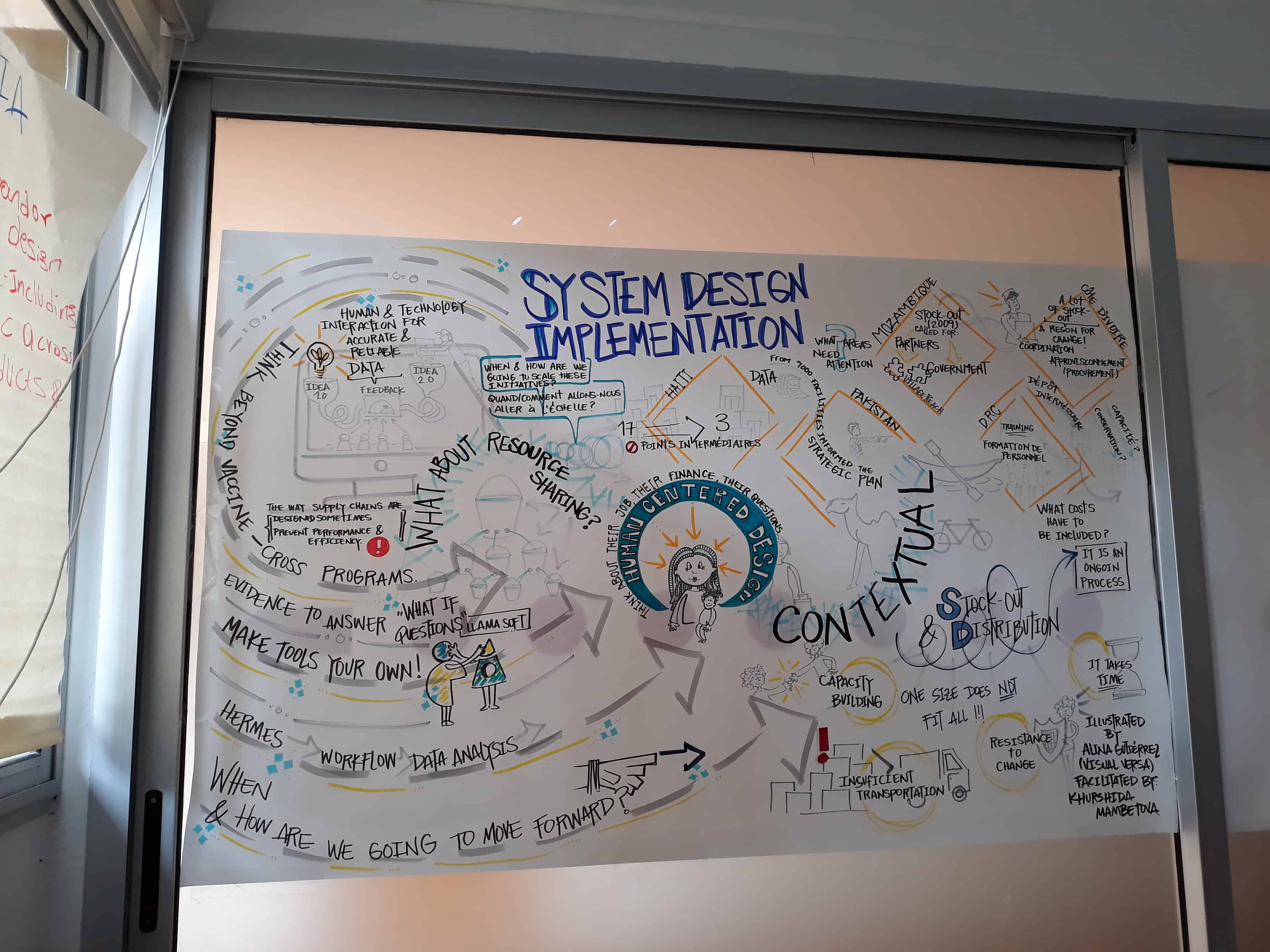System Design: Going One Step Beyond to Improving Supply Chains
March 18th, 2019 | viewpoint
I like to think that system design puts the logic back into the logistics of a supply chain. It’s a process that creates the plan, or blueprints, for how the public health supply chain should run, including how all components (program requirements, distribution network, storage, human resources, equipment, planning, monitoring, and data) fit together and interact. System design can make supply chains more efficient, and reliable, and ensure that health products are available when and where they are needed.
UNICEF organized the third annual System Design Summit to support and promote Gavi’s Immunization Supply Chain Strategy, specifically its system design component. This summit, held in Abidjan in February 2019, is supported by the System Design Working Group, which JSI has been part of since it began.

For me, highlights of the summit include hearing about a range of countries’ experiences. Ethiopia presented on its process of integrating vaccines into the essential medicines supply chain and introducing electronic vaccine stock management that provides real-time visibility into sub-national stock availability. And—hot off the press—are piloting delivery of vaccines from woredas directly to health facilities, instead of making health workers go and fetch vaccines.

It was exciting to hear Niger talk about its initial system design workshop to introduce the concept and define the big questions about the vaccine supply chain and how to improve it. At the summit, Nigerien participants learned from countries like Ethiopia, India, and Mozambique, which have been leading supply chain system design. Niger’s next step will be an in-depth analysis to identify its best supply chain improvement option.
Messages that resonated throughout the week:
The summit offers a great opportunity to share experiences, geek out about supply chain design, and explore those “crazy ideas” that may not be crazy after all. I always come away inspired by those countries that are bold enough to do something different with their supply chain design and the champions who are committed enough to make it happen.
We strive to build lasting relationships to produce better health outcomes for all.